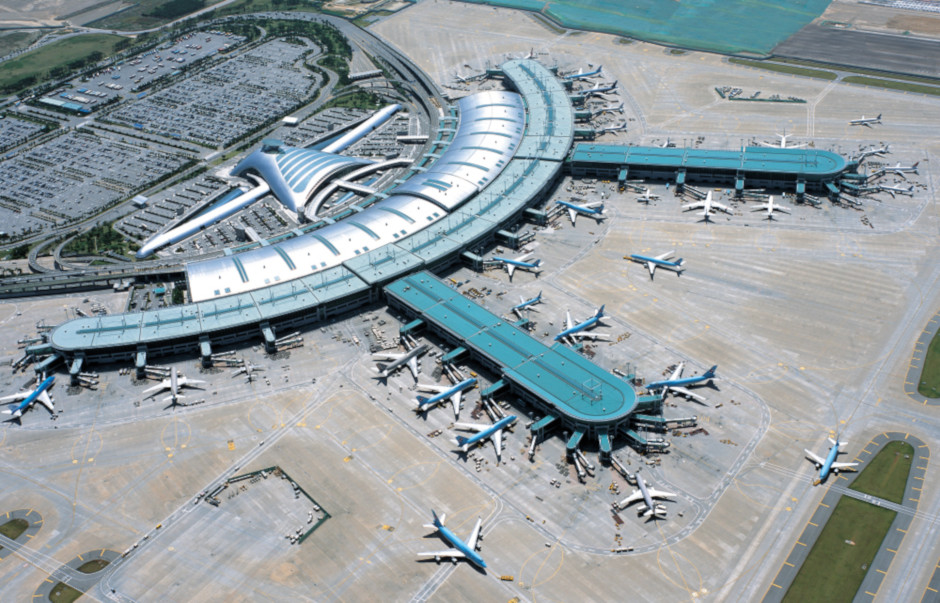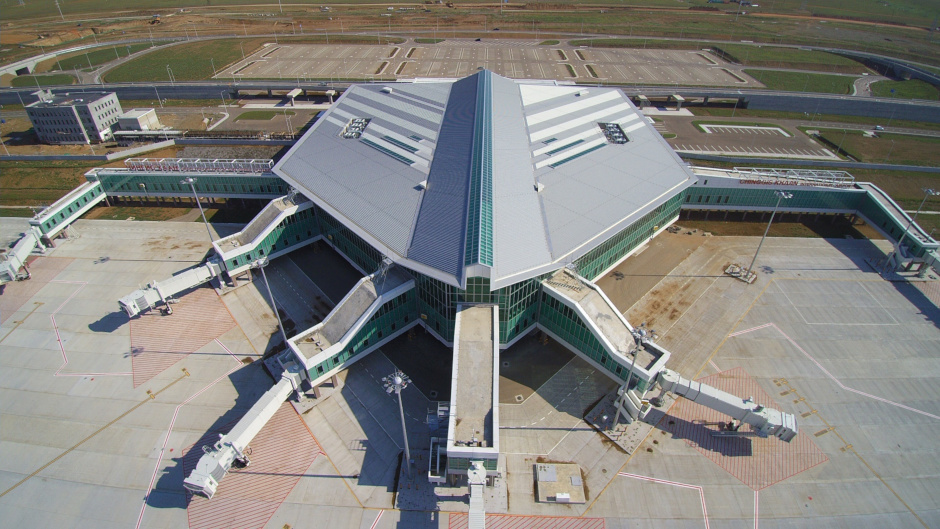The summer travel season is upon us again and vacationers are taking to the skies in greater numbers than ever before. In fact, Korea’s Incheon International Airport just broke its single-day record on Aug. 4 when it recorded 233,689 passengers served.
It is to be expected, of course, as Incheon airport has come in on top in the world for quality of service for 12 years running in the Airports Council International (ACI) World’s Airport Service Quality Awards. It was rated the best transit airport and came third overall for best airport among 550 airports featured in this year’s World Airport Awards, an annual survey of passenger sentiment run by Skytrax, a UK-based air transport rating consultancy.
But it is not only Incheon that is ranked so highly. It is surrounded in the overall rankings both above and below by other airports in Asia. For instance, Singapore’s Changi Airport has come in on top in the World Airport Awards every year for the last seven years. In addition, it was voted the world’s best for leisure amenities. And Hong Kong International Airport has also won the Airport of the Year title at the World Airport Awards before. In the 2019 awards, it won in the World’s Best Airport Dining and World’s Best Airport Immigration Service categories, and came 5th overall.
So what makes these Asian airports so good?
Design and construction
Incheon, Changi, and Hong Kong International are all built from the ground up to meet the passenger expectations of safety, efficiency, and convenience in an airport. That of course includes access and ease of transport to and from the airport. After that, factors such as practicality and ambiance come into play.
First of all, the airports themselves are quite accessible. Incheon airport, on an island, is connected to the mainland by two bridges: the 4.4 km Yeongjong Bridge, which supports both cars and trains, and the 21-kilometer Incheon Bridge to Songdo, a nearby business and financial hub. Changi is only 17 km from Marina Bay, the heart of Singapore. Hong Kong International is only 30 minutes away from the city center as well. Incidentally, all three airports were built on land reclaimed from the sea.
Second of all, the airport layouts are very accessible to passengers. Incheon is built as a long and graceful curve. Changi is built in the shape of a U. Both of these designs make it easy for passengers to get to their gates with a minimum of navigation required – they only have to decide if they need to go left or right to get to most gates.
Third of all, the design of all of these airports are good for planes as well. Going back to Incheon, its long and graceful curve design allows for a maximum amount of airplanes to be accessible to the maximum amount of people, helping both airplanes and passengers to find each other as efficiently as possible.
Also, it can be noted that Samsung C&T has carried out work at all three of these airports and built the Incheon and Yeongjong bridges as well. The company’s expertise in deep cement mixing has been critical for the bridge and airport projects, as they involve extreme conditions for cement hardening. Samsung C&T’s expertise was also invaluable in constructing the New Ulaanbaatar International Airport about 50 km south of the capital city of Mongolia. The extreme weather conditions there required unique cement-laying techniques that Samsung C&T was able to develop.
New Ulaanbaatar International Airport could actually soon become another Asian airport consistently making top five lists, as staff from Incheon International Airport held an “Airport Transition Course” in February of this year to train staff for their northern counterpart. With this kind of construction and training, New Ulaanbaatar International Airport could make a strong impression when it opens.
It’s what’s inside that counts
But these airports are not only laid out to efficiently move people from one location to another. Walking through them can sometimes feel like walking through an upscale shopping mall. They have specialty stores, food courts, water fountains, and even gardens.
In April of this year, Changi Airport opened an extension to the complex called Jewel Changi Airport. It is an entertainment and shopping complex with a nature theme. Inside one can find a hedge maze, the Manulife sky nets, and Canopy Park. The Manulife sky nets are a 250-meter-long network of bouncy nets in which anyone, young or old, can pretend like they are flying. Luggage, however, is discouraged. Canopy Park is a mix of food court, nature hike, and theme park, with attractions for the whole family.
Incheon Airport has spent a lot of time and effort to create artistic and cultural experiences for travelers in its space, and is billing itself as an “Artport.” Within the facility one can find musical performances in classical, traditional cultural, and K-pop styles, along with art exhibitions and a movie theater. Also at the destination can be found a golf course, driving range, and an ice skating rink. Incheon Airport is catering to the traveler that is not in a hurry.
At Hong Kong International there’s a 3D IMAX theater in Terminal 2 that seats 350 people, which makes it the largest in the city. The dining facilities at the airport are also a highlight for anyone, no matter what kind of cuisine they are expecting.
So this summer, when heading to vacation spots, travelers can get in a bit of bonus relaxation time, throw in an extra nature hike, or do just a little bit more shopping before they even arrive at their destination, if they go to one of the top five airports in Asia at least. From their location, to the design of the entire building and associated facilities, to the innovative attractions and parks that can be found, these airports go above and beyond what is expected of a travel hub and are well on their way to becoming vacation destinations all on their own. And that’s what keeps them consistently standing out when compared to the other airports of the world.









